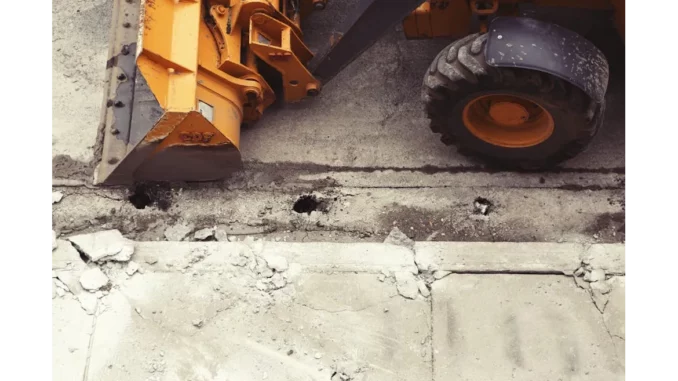
The introduction of the Building Safety Regulator (BSR) under the Building Safety Act 2022 represents a transformative moment in the oversight of higher-risk buildings (HRBs) within the United Kingdom. As the exclusive Building Control authority for HRBs, the BSR is tasked with enforcing stringent safety standards through a comprehensive three-stage Gateway process. However, since its implementation in October 2023, the regime has encountered significant delays, prompting concerns over the potential repercussions on construction timelines and project costs.
Focus360 Energy: property compliance services – pre-planning to post-construction. Learn more.
The BSR’s responsibilities are pivotal, particularly in approving intricate designs at various stages to avert disasters akin to the Grenfell Tower fire. Despite this crucial role, the backlog in approval processes has become a source of considerable frustration within the industry. From October 2023 to September 2024, the BSR received a total of 1,018 Gateway Two applications but managed to approve only 146. A further 25 were rejected, leaving an alarming 847 applications still pending. This translates to an approval rate of merely 14%, leaving many stakeholders anxious about the implications for project schedules and financial viability.
To address these delays, several strategic approaches can be adopted. Foremost, a thorough understanding of the Building Safety Act (BSA) requirements is indispensable for all parties involved in construction projects. Early engagement with the BSR can demystify these requirements and establish clearer timelines. By identifying potential issues at the outset, stakeholders can implement proactive measures to mitigate them, thereby decreasing the likelihood of enduring delays.
In addition, the incorporation of delay clauses in contracts is of paramount importance, especially for agreements that are yet to be finalised. Such clauses delineate responsibilities and consequences, often providing for extensions of time (EoT) in the event of delays that are beyond the control of either party. This necessitates a meticulous assessment of the contracting parties’ risk appetites and the specific nature of the project. Contracts should also delineate clear procedures for addressing delays, including the submission of written applications with supporting documentation. These should detail the cause of delay, its anticipated duration, and proposed mitigation strategies. By maintaining comprehensive records and adhering to these processes, risks associated with approval delays can be significantly reduced.
The efficacy of the BSR in fulfilling its mandate is intrinsically linked to the industry’s willingness and ability to adapt to the new regulatory regime and its capacity to navigate the Gateway approval process effectively. As the industry continues to adjust, it is imperative to explore and implement risk mitigation measures that facilitate compliance while managing delays adeptly.
The BSR’s introduction aims to elevate safety standards to prevent tragedies, yet the delays in the Gateway process pose considerable challenges. By gaining a deep understanding of BSA requirements, integrating delay clauses, and maintaining meticulous documentation, the industry can more effectively navigate these hurdles. Early engagement and proactive strategies are essential in minimising the impact of such delays, thereby ensuring that construction projects reach successful completion within the anticipated timelines and budgetary constraints.


Be the first to comment